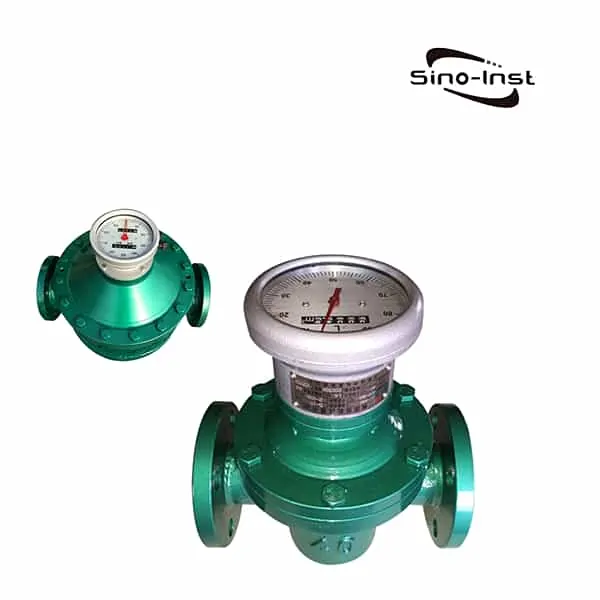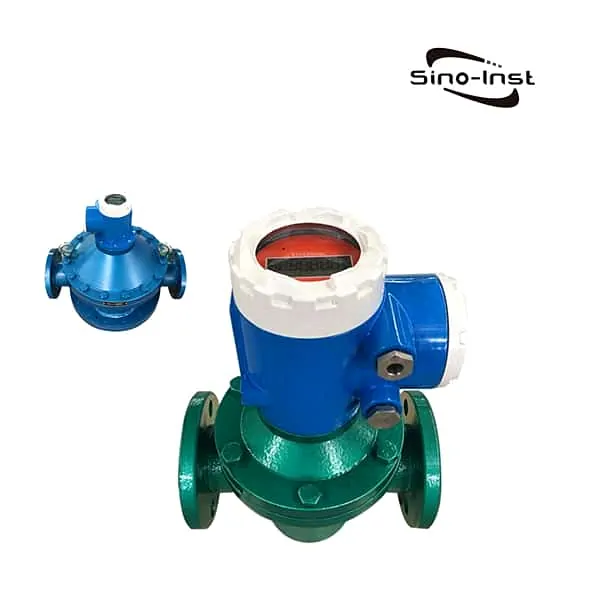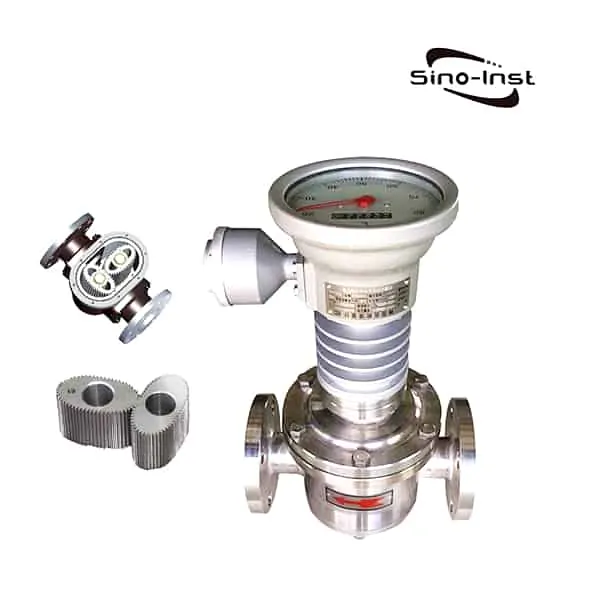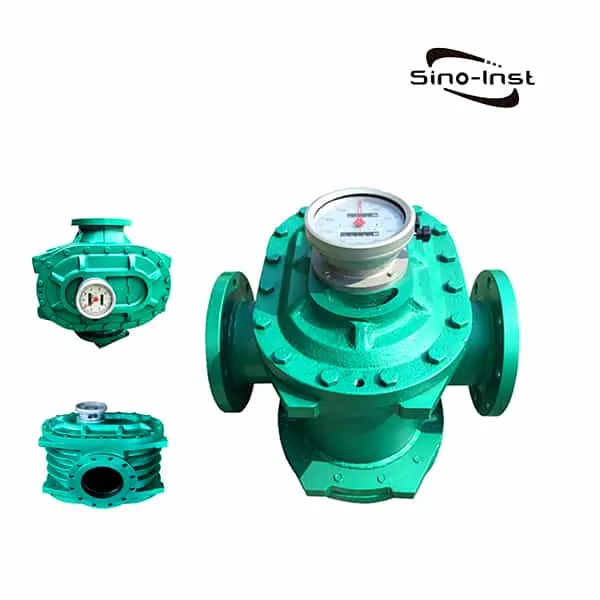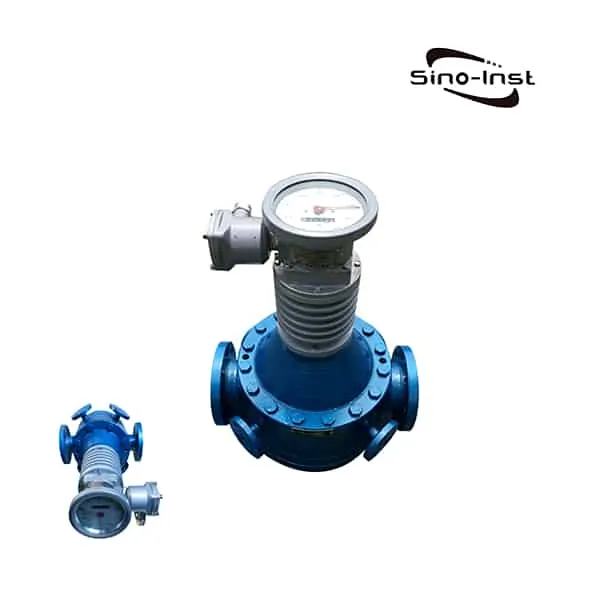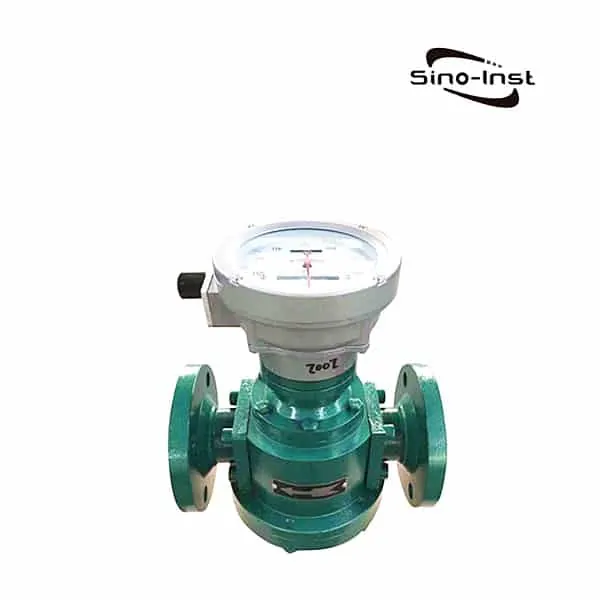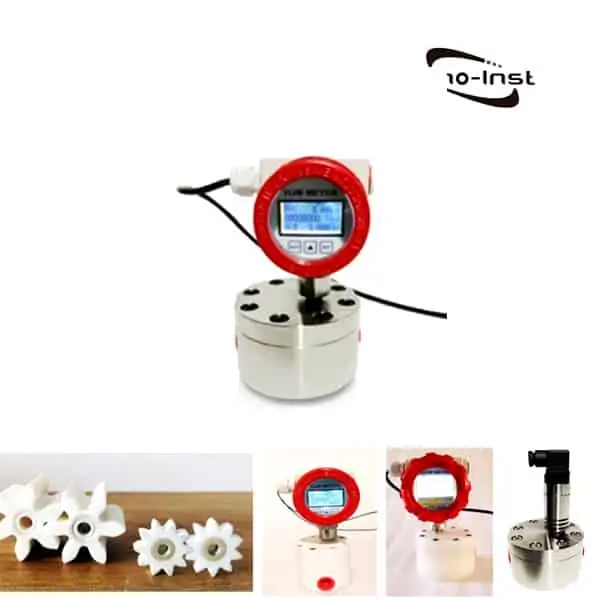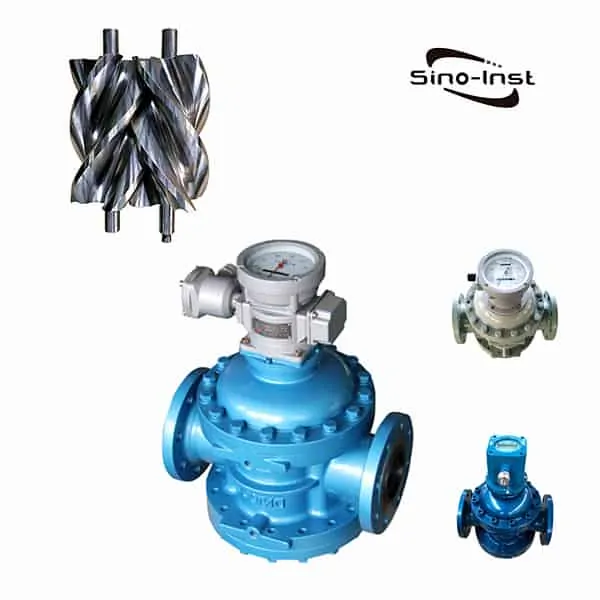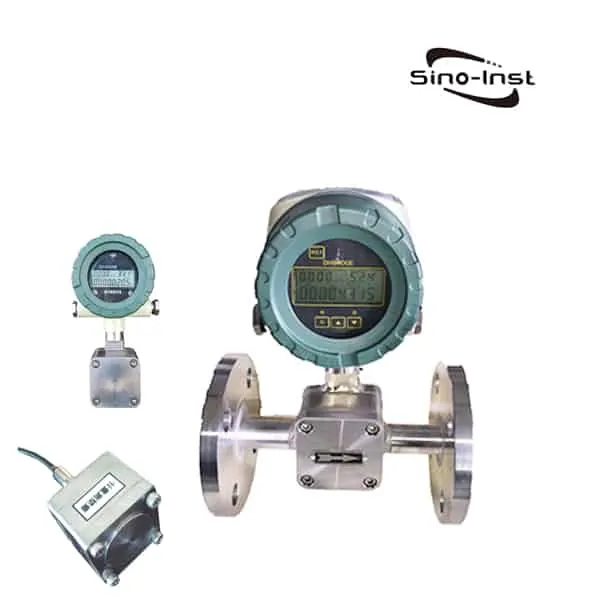What is PD flow meter?
PD flow meters (positive displacement flow meters) are the only flow measurement technology that directly measures the volume of fluid passing through the flow meter.
Rotating components within a high precision chamber capture the fluid. The rotational speed of the rotor is proportional to the flow rate. Rotation is caused by the flow of fluid. Mechanical flow meters rely on rotation to drive a magnetic coupling or direct gear train connected to a mechanical counter. Under the conditions of a given flow meter, the volume of this metering space is determined. Just measure the number of rotations of the rotor. The cumulative value of the volume of fluid passing through the flowmeter can then be obtained.
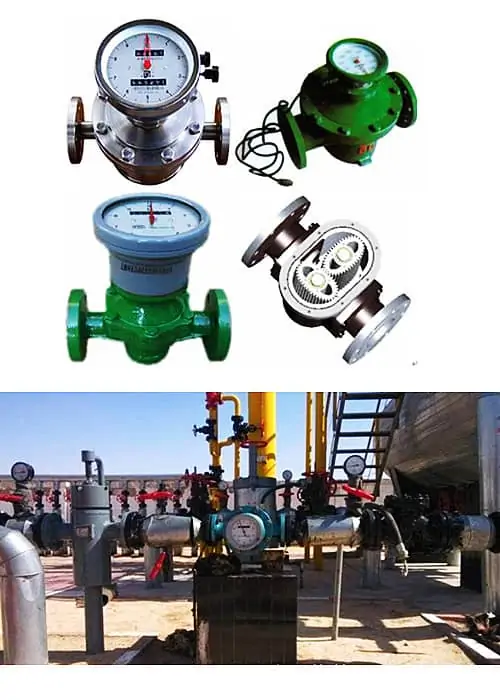
PD Flow Meters can be divided into oval gear flowmeters, scraper flowmeters, dual rotor flowmeters, rotary piston flowmeters, reciprocating piston flowmeters, disc flowmeters, liquid-sealed rotary drum flowmeters, etc.
Features of PD Flow Meters
Advantages
- High measurement accuracy;
- The installation pipeline conditions have no influence on the measurement accuracy;
- Can be used for the measurement of high viscosity liquids;
- wide range;
- The direct-reading instrument can directly obtain the accumulation without external energy, and the total amount is clear and easy to operate.
Disadvantages
- The structure is complex and the volume is huge;
- The type, caliber, and working state of the medium to be tested are relatively limited;
- Not suitable for high and low temperature occasions;
- Most instruments are only suitable for clean single-phase fluids;
- Generates noise and vibration.
Featured PD Flow Meters
Extended Reading: Mechanical oil flow meter
Positive Displacement Flowmeter Selection
Extended Reading: Guide and Selection for Diesel Fuel Flow Meters
Sino-Inst, Manufacuturer for PD Flow Meters. For example: crude oil flowmeter, diesel flowmeter, gasoline flowmeter.
Sino-Inst’s PD Flow Meters, made in China, Having good Quality, With better price. Our flow measurement instruments are widely used in China, India, Pakistan, US, and other countries.
Extended reading: Hydraulic oil flow measurement solutions.
Request a Quote

Wu Peng, born in 1980, is a highly respected and accomplished male engineer with extensive experience in the field of automation. With over 20 years of industry experience, Wu has made significant contributions to both academia and engineering projects.
Throughout his career, Wu Peng has participated in numerous national and international engineering projects. Some of his most notable projects include the development of an intelligent control system for oil refineries, the design of a cutting-edge distributed control system for petrochemical plants, and the optimization of control algorithms for natural gas pipelines.

